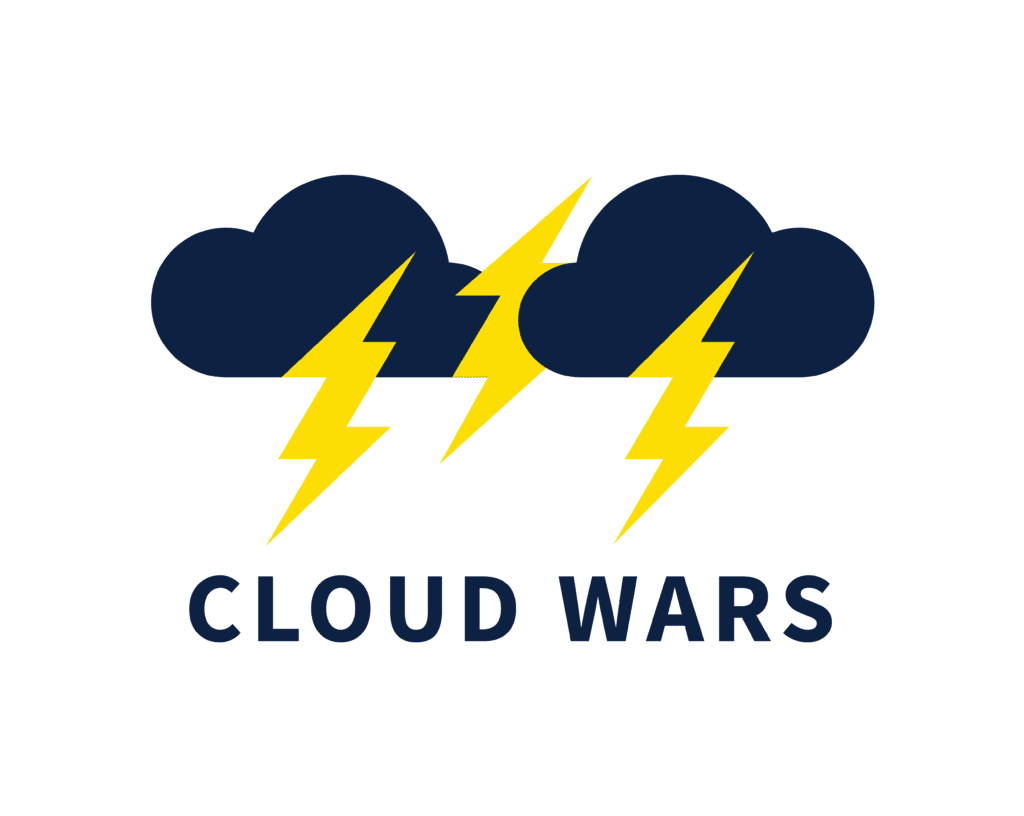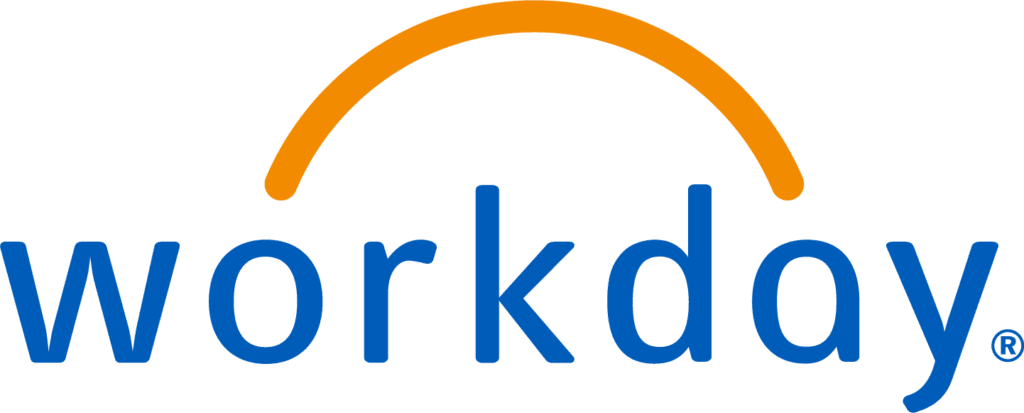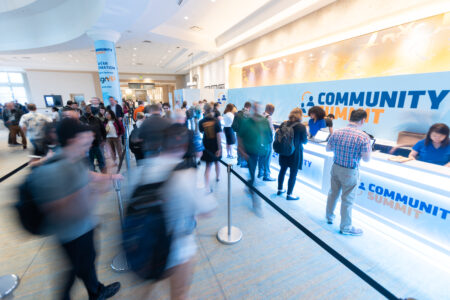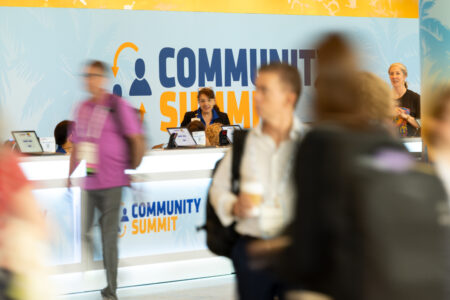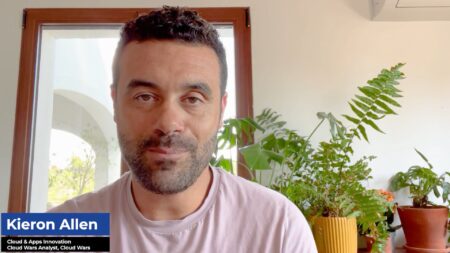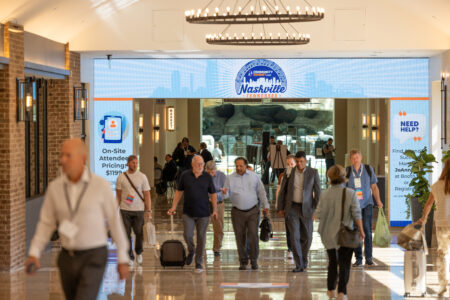While the pandemic disoriented, disrupted, and deconstructed every industry, among the hardest hit was higher education. So, at the recent Workday Rising customer and partner event in Orlando, I was delighted to have the chance to interview Samantha Earp, who for the past six years has been the CIO and VP of IT at Smith College in Massachusetts.
Samantha and I had a lively and wide-ranging conversation that will air next week in its entirety as a Cloud Wars Live podcast, and this article offers some highlights from that conversation. Samantha discusses the essentials of inclusive leadership and culture, the need for candor and honesty, her desire to tackle increasingly “interesting” (scary?) challenges, the pivotal role that Workday has played in Smith’s transformation, and her perspective that her educational training as a linguist is an ideal training ground for becoming a CIO.
In the full-length podcast interview, Samantha and I also talk in more detail about CIOs, leadership, and culture, the need to be seen by peers as a full-on CXO and not “the techie,” and how the sublime and legendary trumpeter Miles Davis could offer some insights to modern-day CXOs.
Bob: Every business, every industry has been through a lot of upheaval lately, including the role of the CIO and the role of IT. What’s going on at Smith with you and your team?
Samantha: “There’s a lot going on! We’re in the middle of a massive transformation of our IT systems. I’m just starting my seventh year at the college and I came to the college to really do this big lift of all of our systems. And the thing that brought me to this was not the technology — maybe that’s not cool to say at a technology conference! — but what really brought me was the context for technology, because you have people, you have culture, you have technology, and the ways everybody works together. And I knew that needed to be improved. And that’s what really excites me about this work.”
Bob: Wow, each of those is enough of a challenge on its own — how did you do that?
Samantha: “So, I started with two things: I started by saying what I was afraid of, and then I said what I thought we could do to move forward together. You asked me about me and my team — well, my team is really everybody at Smith. I’m a member of that team. They’re my partners. And if I just go to my corner with my IT team and say we’re going to do this all by ourselves, we’re not going to succeed. So really working and not just saying that, but actually demonstrating that via interactions so that people can see we really approach them as a team.”
Bob: Samantha, it’s great to hear you say that. Too often IT teams — either because of their leadership or the larger organizational culture — were seen as a group apart, a silo. So, how are you helping to break that down and be part of the whole Smith community?
Samantha: “I know it’s kind of an obvious thing to say, but we’re all in this together. And so when there’s a problem, and we’ve made a lot of improvements, then our problems start getting more interesting. You want to get past this sort of low-level things you should be doing well so you can really grapple with the things that are kind of messy and that involve a lot of people.
“One thing I’m proud of is that when I first got to Smith, and I asked everybody in my team what they thought we should be doing that we weren’t, and every single person had a good idea. But there wasn’t really this sense of agency of how to make those things happen. So, what we did was put a lot of things together — the things the institution needed, things different departments needed, and the things that the IT team saw — and made a plan on what we were going to work on. So here we are: we’re still working on those plans, but we’ve made a lot of progress.”
Bob: I love how you phrased that about taking care of some of the low-hanging fruit so that the problems are getting to be more interesting. Could you talk about what some of those are?
Samantha: “Absolutely! So students register for classes — after all, that’s our reason for being! — and we want that to go very well because it really matters to everybody that students have a good experience. But typically, every time that we would have registration, we would all sort of, you know, be very tense: ‘Is that server gonna fall over? Are students gonna get mad or parents gonna write us?’ Fortunately, we haven’t had that for a couple of years now. And so from there, you know, that’s really very simple. That’s just you know, getting in the door.
“From there, we can go to conversations about how do we best advise students? How do we get them into the right, you know, pathways for them? And by we, it’s not me — I’m using the ‘royal we’ — our faculty, our professional staff who work with students, how do they have those conversations? That’s really what we should be doing to support education, not writing emails apologizing for the servers falling over when all the freshmen or all the sophomores tried to register.”
Bob: Samantha, I get the sense from having known you for just a few minutes that you really like the interesting problems.
Samantha: “Yes, I do love the interesting problems, and I have great partners, and I think that’s really, really the key to this: it’s both from a leadership perspective. And then in the language we use, and I’m a language person by training, there’s an invitation to be part of the discussion, to hear what people are thinking, and to get feedback along the way. And our problems are certainly remaining pretty interesting. But again, not sort of hiding over in our corner, but sharing what we’re thinking about and what we tried and what we haven’t, and making sure it isn’t just our perspective.”
Bob: That was interesting what you said about being a language person. And I think from knowing lots of CIOs over the years, there’s no straight-line career path to CIO. But how did the language person get to be a chief information officer and VP of IT?
Samantha: “So my undergraduate major is French, and my graduate degree is in French linguistics. But I went to an undergraduate college where everyone worked, and it turned out that I worked in the computer center. And so when I got to grad school, I had the opportunity to work on software development, and I still thought I was gonna be a faculty member one day, but then this interesting field started opening up of technology of learning. And so I got in early on in the ‘90s in some of those jobs and it just kind of went on from there.”
Bob: So we’re here at Workday Rising. What kind of things are you and Smith doing with Workday? And has the work you’ve done with Workday helped you to be seen by your peers as a mainstream CXO?
Samantha: “Absolutely. So I told you, when I came to Smith about six years ago, I knew we were going to have to make a lot of changes. And one of those changes was bringing in a new modern set of enterprise systems. And so we went through the process and selected Workday and started that project in summer of 2018.
“And that’s allowed us to confront in a structured way the ‘source of truth’ thing that you mentioned. But it’s also helped us do something really important culturally, which is, to identify what we need to do that’s really special and unique to us. And what can we take from Workday, which has so much R&D behind it and so much input from across industries, that will be really strong for us and will feel different, right? So, one of our core principles going in was unless there’s a key strategic advantage, we’re going to use what Workday already has in the system. And sure, we’re going to participate in product-design groups and all the other ways of giving input.
“But just because we did it a certain way before, we’re not going to try to perpetuate that. Starting with Human Resources, then payroll, and then Finance, we went through that just as the pandemic hit, but we managed to keep our momentum. I’m really proud of that because that took a lot of extraordinary work from a lot of people.
“But that also means that we’re doing the second thing that’s really important, which is really focusing on the user experience. We didn’t really have a key way of understanding that — we all probably knew individually, but sort of putting a picture together about what’s it like to be a student, what’s it like to have to get up at 6:30 or 7:00 in the morning for your time slot, and then the server keels over, you know, all that kind of stuff. That’s a worst-case scenario, but it’s anchored in truth and experience, right?
“This is part of a larger sort of emphasis on the shared experiences, the different members of the community of students, staff, administrators, parents, all of us, and to be able to manage that we really needed to understand it. So, we spent a lot of time thinking about the user experience. And we have a center for teaching and learning on campus that has a phrase I love to borrow: they say, ‘There are many ways to teach well, and all teaching is improvable.’ Similarly, there are many ways to do IT, and all IT is improvable, too — so we’re just inspired by that. We just keep iterating and trying to make this better.”



